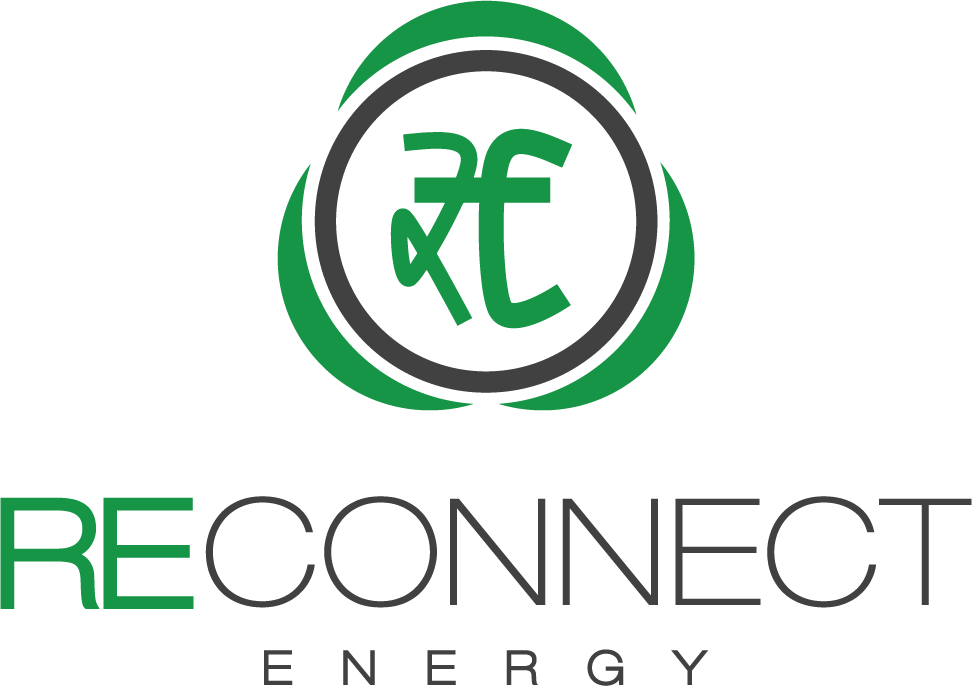REC Mechanism and Structuring Sale of Electricity for Benefit Maximization
Renewable Energy Certificate Mechanism provides few additional options to RE generators to structure their electricity
sale to maximize their profit. Structuring the sale of electricity can play an important role in maximizing the benefits of a particular project. A Renewable Energy Generator can have multiple options to manage electricity sale. Each option has its own advantages and limitations. The options can be listed out as:
- Sale to DISCOM at Preferential Tariff: PPA with a DISCOM is a very basic option which can assure guaranteed ROI over a longer duration. This can be a benchmark to evaluate other options against.
- Sale to DISCOM at Average Power Purchase Cost: Sale to DISCOM at Average Power Purchase Cost can assure a guaranteed return with an additional income from GBI, but the tariff is low when compared to the preferential tariff. This drop in tariff can be compensated by additional revenue from RECs.
- Third Party Sale/ Open Access: Detailed analysis is required while going for Third Party Sale or Open Access as this may involve higher risks and other applicable charges as well. The charges may include Transmission Loss, Transmission Charges, and wheeling Charges. Cross Subsidy charges may also be eligible and will have a considerable effect on the price if implemented. The advantage with Third party Sale/ Open access is that the tariff may be comparatively higher and the generator is allowed to avail RECs as well.
- Captive/ Group Captive Consumption: Most of the states allows RE generators to consume electricity generated as a captive consumption by paying nominal wheeling and banking charges (in case of wind/small hydro). As per CERC regulation, when RE generation is used for captive consumption and promotional benefits are availed (promotional wheeling and banking), RE generator becomes ineligible to participate in REC mechanism.
A Trade off has to be made by the generator in selecting the option that can provide maximum benefits for the project.
Selecting an option just to avail RECs cannot provide maximum benefits for a project, but a strategic combination of one of the above options along with RECs can maximize the revenue for a project. With REC mechanism and its complex rules in place, detailed analysis and strategic planning is required by the generator before structuring the sale of electricity for any new or upcoming project.
A comparative study between various options along with REC benefits can provide a good amount of clarity to the generator in selecting the best possible option. One such analysis for the Wind Projects in the state of Tamil Nadu has been presented for the readers to provide better understanding about the situation.
| Option 1 | Option 2 | Option 3 | Option 4 | |
|---|---|---|---|---|
| Wind Generator | PPA with DISCOM @Preferential Tariff | PPA with DISCOM @APPC | Third Party Sale-if exercised | Captive / Group Captive Consumption |
| Electricity Tariff | 3.39 | 2.37 | 3.75 | 3.75 |
| REC Benefits | 0 | 1.5 | 1.5 | 0 |
| GBI | 0.5 | 0.5 | 0 | 0.5 |
| Transmission Loss* | 0 % | 0 % | 7.25 % | 5 % |
| Transmission Charges^ | 0 | 0 | 0.116 | 0 |
| Wheeling Charges^ | 0 | 0 | 0.1474 | 0 |
| Cross-Subsidy | 0 | 0 | 0 | 0 |
| Banking Charges** | 0 % | 0 % | 5 % | 5 % |
| Net Realization (Rs./kWh) | 3.89 | 4.37 | 4.50 | 3.93 |
| Upside in % w.r.t Option 1 | 0.00 % | 12.34 % | 15.69 % | 1.06 % |
* For injection at 33 kV and Drawal at 22/11kV – As per TNERC Order
^ For Long Term Open Access Consumers – As per TNERC Order (For STOA, Charges are 25% of LTOA)
** Only half of the energy generated goes for Banking – Assumption

